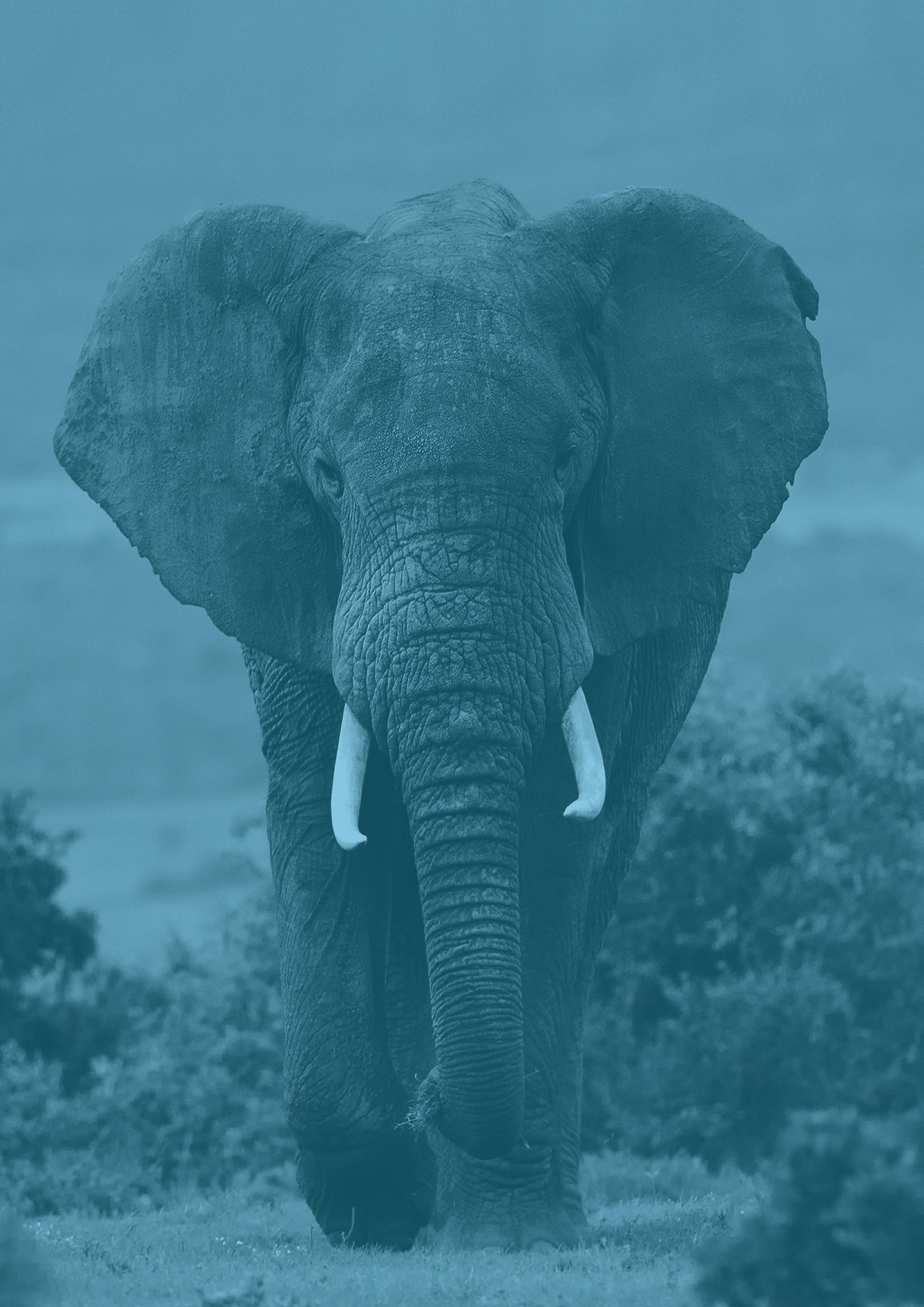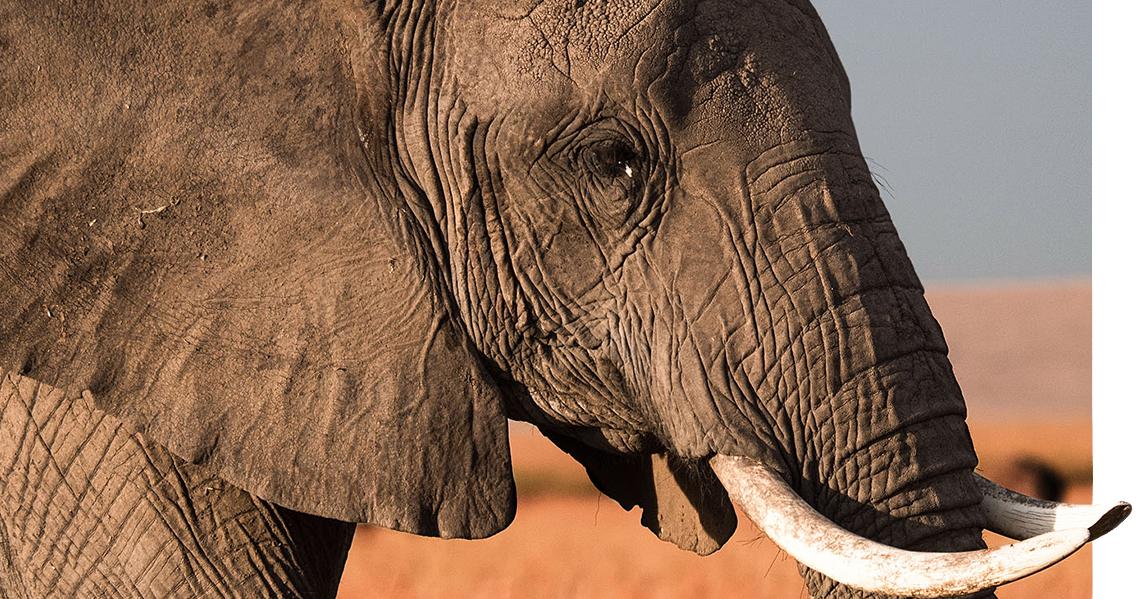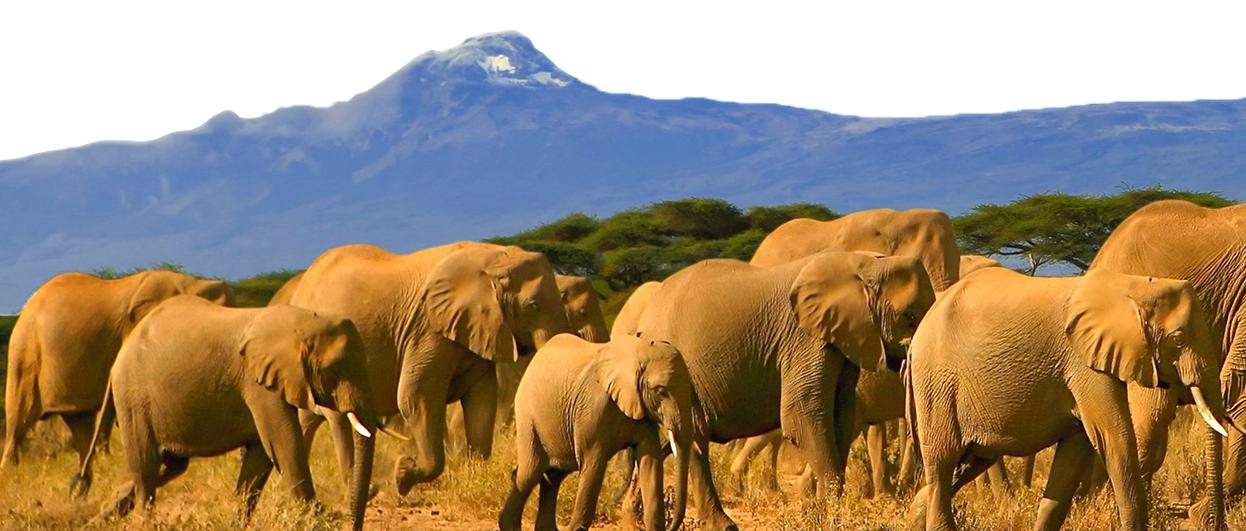Rapid Assessment of the Illegal Ivory Trade in 2020 August 2020

© All photos are property of the Wildlife Justice Commission, unless otherwise indicated. Not for reproduction.


© All photos are property of the Wildlife Justice Commission, unless otherwise indicated. Not for reproduction.
The Wildlife Justice Commission conducts intelli gence-led investigations , often in an undercover capacity, where operatives pose as potential buyers. This approach allows for the capture of relevant in formation about commodities on the illegal market, with price values and quantities being an important aspect of this intelligence collection. The retention of this type of data facilitates an analysis on what is available in the market, its source, the methods of transportation and clearance, and changes in pricing structure along the supply chain. From an operational perspective it means the Wildlife Justice Commission can quantify the value of wildlife crime (which is im portant for triggering financial investigations and to warrant asset recovery), and guide undercover opera tives so that they are in a position of power when ne gotiating prices with wildlife criminals, in an attempt to gain the true ‘street value’ of ivory.
As of 31 December 2017, the domestic ivory trade in China was banned. This legislative change was fol

1
lowed by and supported with effective, coordinated, and intelligence-led law enforcement actions in Chi na. Both measures are assessed to have had an im pact upon the criminal dynamics of illegal ivory trade, according to investigative findings from the Wildlife Justice Commission. Indications of this include direct references from brokers and traffickers now reluctant to trade in raw ivory, the stockpiling of ivory in key countries along the supply chain, and a broad fall in its street value1 .
This briefing paper analyses the variation in the mar ket price of raw ivory tusks from July 2017 to July 2020 in five countries in Africa and Asia. The data has been gathered by the Wildlife Justice Commission’s undercover operatives. For some countries, the data available is limited and can only be considered as in dicative of the variations in value. Prices captured and analysed only relate to the sale of raw ivory.
The Wildlife Justice Commission makes extensive efforts to ‘negotiate’ with each price received to ensure it is as realistic as possible.
A review of the data gathered shows that since mid2017, the rates offered for raw ivory have suffered some fluctuation, decreasing and sometimes subtly increasing throughout this time. However, it appears that the general tendency is a decline in the rates, es pecially in Africa, where the average price for ivory per kg has decreased by approximately 50% during this period, from USD 208 USD/kg in 2017, down to 92 USD/kg in 2020.
Of the five countries analysed, Vietnam is the only one that has registered its lowest price for ivory mul tiple times in recent years. To demonstrate, Vietnam registered its lowest price for ivory at USD 400/kg in April 2018, June 2019, and again in June 2020. The other four countries analysed have only registered their lowest rate for ivory during 2020.
Lao PDR registers ivory prices approximately three times higher compared to Vietnam. This may be be cause the prices quoted are for smaller quantities of raw ivory tusks (such as a pair or several tusks), and not the substantial wholesale quantities that are more commonly available in Vietnam. The lowest price recorded in Lao PDR was in February 2020 at 597 USD/kg.
The significant difference in the price of raw ivo ry between African countries and Asian countries is most likely attributable to most of it being sourced out of Africa. Ivory being sold in Asian countries that has originated from Africa will have many other costs added to the original price, such as transportation and smuggling costs (which can include corrupt pay ments for Customs clearance), and broker commis sions.
While there are clearly economic dynamics at play, it is yet to be seen what impact they will have on the illegal trade in the longer-term. The Wildlife Justice Commission continues to be concerned at the avail ability of ivory, even during the current COVID-19 pandemic. During the first seven months of 2020, un dercover operatives have been offered approximate ly 27,500 kg of ivory from nine countries: six in Africa and three in Asia. Almost half of this (12,150 kg) has been available in one Southeast Asia country alone, which has successfully made it to market. The source of the ivory is not always clear, and while much of it could be from stockpiles and may not be ivory from recently poached elephants, the breadth of its availa bility during the current crisis serves to underline the versatility of transnational organised wildlife crime networks. Adaptation to travel restrictions imposed due to COVID-19 control measures and the persis tence of this criminality means there is no room for complacency. It highlights a greater need for the ap plication of intelligence analysis and advanced inves tigative techniques to target and disrupt this ongoing trade.

In the following data analysis , rates provided are an average of the values collected for the month be ing reported. A comparative analysis of the variation in price per kg (in USD) for raw ivory2 in one coun try in Western African3 , two in Southern African, Vi etnam, and Lao PDR indicates a steady decline for each country since 2017, except Lao PDR where the decline is much more pronounced.
It is important to add that intelligence received from partners indicates that the price of ivory at the poaching level in Africa may be even lower than prices the Wildlife Justice Commission operatives have been offered, as our targets are one or two lev els above the poachers.
The price for ivory between July and October 2018 was approximately between 210-225 USD/kg, and in the span of two years it has decreased by approxi mately 50% to 115 USD/kg in 2020.
The price for ivory in July 2017 was approximately 184 USD/kg and has been declining since then. It reached the price of 100 USD/kg in May 2020 and fell further to USD 85/kg in August 2020.
The price for ivory in the last quarter of 2017 signif icantly increased from 200 USD/kg to 345 USD/kg, but by July 2020 it had declined to less than half the 2017 price and was valued at 75 USD/kg.
Chart 1: Comparison of rates (in USD) in Western African Country, Southern Africa Country One, Southern Africa Country Two, Vietnam and Lao PDR (2017-2020).
The price for ivory in Vietnam has been constant ly fluctuating since September 2017. At that time, it was valued at approximately 824 USD/kg, then it significantly declined to less than half of that by April 2018, when it was valued at 400 USD/kg. From there until February 2019, the price continually in creased until it reached the highest amount regis tered within the whole period of analysis, 858 USD/ kg. In June 2019, ivory was again offered at 400 USD/kg, depicting a drop in value of more than 50% in just four months. Since then, up until July 2020, the price has registered an increase to 689 USD/kg.
The price for ivory in Lao PDR in February 2018 was approximately 2,810 USD/kg and since then has been declining, reaching the lowest price of 597 USD/kg in February 2020.
2 The Wildlife Justice Commission also has a large dataset for worked ivory products, but its values are deemed to be too heavily influenced by several variables (such as quality of carving) which render it unsuitable for this type of comparative analysis.
3 The specific country names have been removed due to on-going operational requirements.
3,500 3,000 2,500 2,000 1,500 1,000 500 0 mar-17 sep-17 apr-18 oct-18 may-19 dec-19 jun-20 jan-21
Vietnam
Lao PDR
Linear (Vietnam)
Linear (Lao PDR)
Western African Country
Linear (Western African Country)
Southern African Country One
Southern African Country Two
Linear (Southern African Country One)
Linear (Southern African Country Two)

Table 1: Total quantity (in kg) of ivory offered per country.
The information on the right captures the quanti ties of ivory that Wildlife Justice Commission investi gators have been offered during 2020. It shows that even though the price of ivory has generally been declining over the past three years, ivory still has a significant place within the illegal wildlife trade. In total over the span of seven months, investigators were offered more than 27,500 kg of ivory in nine countries, including six countries in Africa and three countries in Asia.
Country * Quantity in kg
Southeast Asian Country One 12,150
West African Country Two 10,000
Southern African Country Three 3,000
Southern African Country Two 1,000
Southern African Country One 1,000
East-Central African Country One 200
Western African Country One 60
Southeast Asian Country Two 100
Southeast Asian Country Three 20
Total 27,530
* The specific country name has been removed due to on-going opera tional requirements.
The data collected by Wildlife Justice Commission investigators indicates an overall declining trend in the value of raw ivory since 2017, consistent in five countries important in the source, transit, and des tination markets for ivory. One consequence of this trend that has been previously described by the Wildlife Justice Commission, is an identified rela tionship between the trade in ivory and the trade in pangolin scales. We are now seeing a shift by some previously prolific ivory traffickers to pangolin scales. Incidentally, analysis conducted by the Wild life Justice Commission in February 2020 suggested that while ivory values are dropping, values of pan golin scales are not4 . This may account for an identi fied surge in the trafficking of scales during the past two years.

However, this situation does not suggest that the fu ture for elephants is secure. Seizure analysis in 2019 found that the average shipment of ivory has more than doubled in the past four years5 . While in 2020, significant quantities of ivory continue to be on of fer, of which at least 12 tonnes have been success fully smuggled into Southeast Asia despite the limi tations imposed by COVID-19. Now is not the time to take our eyes off the ball.
The need for coordinated, intelligence-driven in vestigations has not subsided even during the current crisis, and the prioritisation of resources to other COVID-19 related activities may present op portunities for organised wildlife crime to exploit as the focus of law enforcement is drawn elsewhere. Monitoring and infiltrating crime at this level re quires intelligence, an asset that remains desperate ly under-resourced in this field.

© Wildlife Justice Commission 2020 PRODUCTION Wildlife Justice Commission’s Intelligence Development Unit DESIGN batweb.es
@WildlifeJusticeCommission Wildlife Justice Commission Wildlife Justice Commission @WJCommission www.wildlifejustice.org